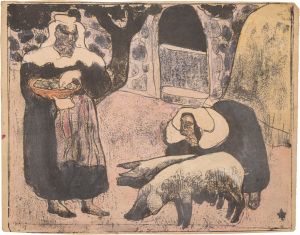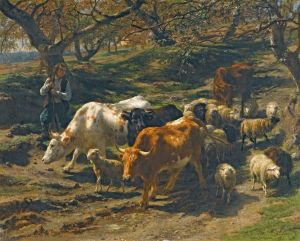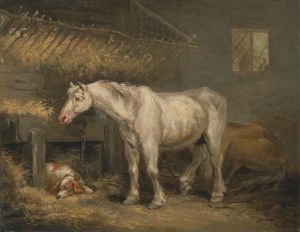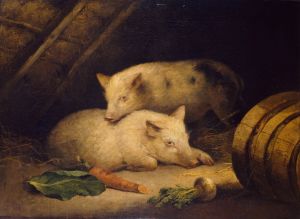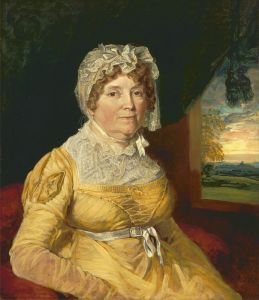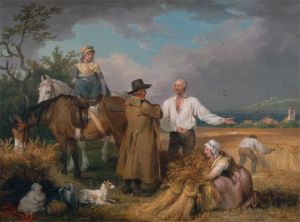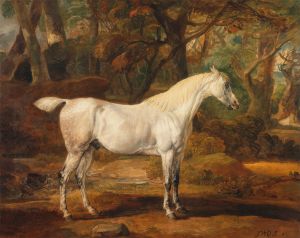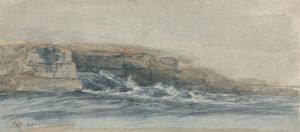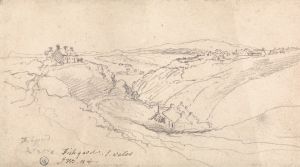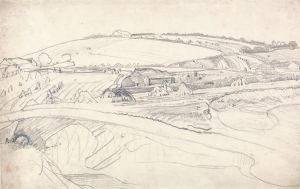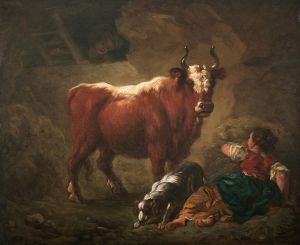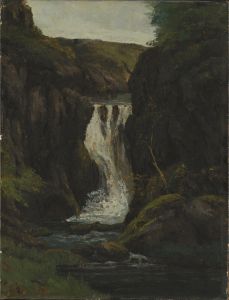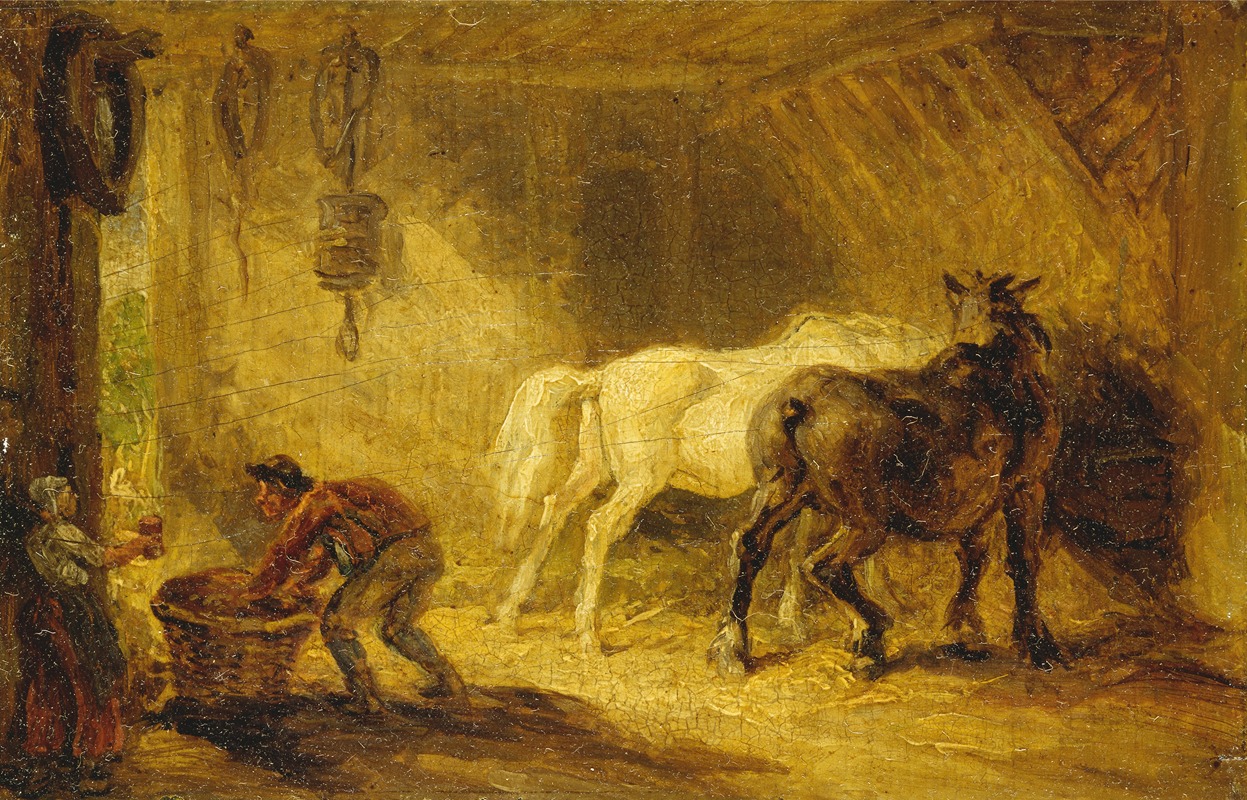
Interior of a Stable
A hand-painted replica of James Ward’s masterpiece Interior of a Stable, meticulously crafted by professional artists to capture the true essence of the original. Each piece is created with museum-quality canvas and rare mineral pigments, carefully painted by experienced artists with delicate brushstrokes and rich, layered colors to perfectly recreate the texture of the original artwork. Unlike machine-printed reproductions, this hand-painted version brings the painting to life, infused with the artist’s emotions and skill in every stroke. Whether for personal collection or home decoration, it instantly elevates the artistic atmosphere of any space.
"Interior of a Stable" is a painting by the British artist James Ward, created in 1830. James Ward (1769–1859) was a prominent painter and engraver, known for his animal paintings and landscapes. He was a member of the Royal Academy and is often celebrated for his detailed and dynamic depictions of animals, which were influenced by his early work as an engraver and his studies of anatomy.
The painting "Interior of a Stable" exemplifies Ward's skill in capturing the essence of rural life and his keen observation of animal behavior. The artwork portrays the inside of a stable, filled with various animals and farm equipment. The composition is meticulously detailed, showcasing Ward's ability to render textures and the play of light and shadow within an enclosed space.
In the foreground, a horse stands prominently, its muscular form and glossy coat rendered with great precision. The horse's posture and expression convey a sense of calm and domestication, reflecting Ward's deep understanding of equine anatomy and behavior. Surrounding the horse are other animals, including cows and chickens, each depicted with a similar level of detail and realism.
The stable itself is depicted with a rustic charm, featuring wooden beams, straw-covered floors, and various farming tools scattered throughout. The interplay of light filtering through the stable's openings creates a warm, inviting atmosphere, highlighting the textures of the animals' coats and the rough surfaces of the wooden structures.
Ward's use of color in "Interior of a Stable" is both naturalistic and expressive. The earthy tones of the stable and the animals' coats are contrasted with the subtle highlights and shadows, adding depth and dimension to the scene. This careful attention to color and light enhances the overall realism of the painting, making it a vivid representation of a typical rural stable in 19th-century England.
"Interior of a Stable" is not only a testament to Ward's technical prowess but also reflects the broader artistic trends of the time. The early 19th century saw a growing interest in rural and pastoral themes, partly as a reaction to the rapid industrialization and urbanization of England. Artists like Ward sought to capture the simplicity and beauty of rural life, often idealizing the relationship between humans and animals.
James Ward's contributions to British art extend beyond his paintings. As an engraver, he produced numerous prints that were widely circulated, helping to popularize his work and the themes he explored. His influence can be seen in the works of later animal painters and in the continued appreciation of rural subjects in British art.
"Interior of a Stable" remains an important work within Ward's oeuvre, showcasing his mastery of animal painting and his ability to create compelling, lifelike scenes. The painting is held in high regard by art historians and continues to be studied and admired for its technical excellence and its evocative portrayal of 19th-century rural life.





